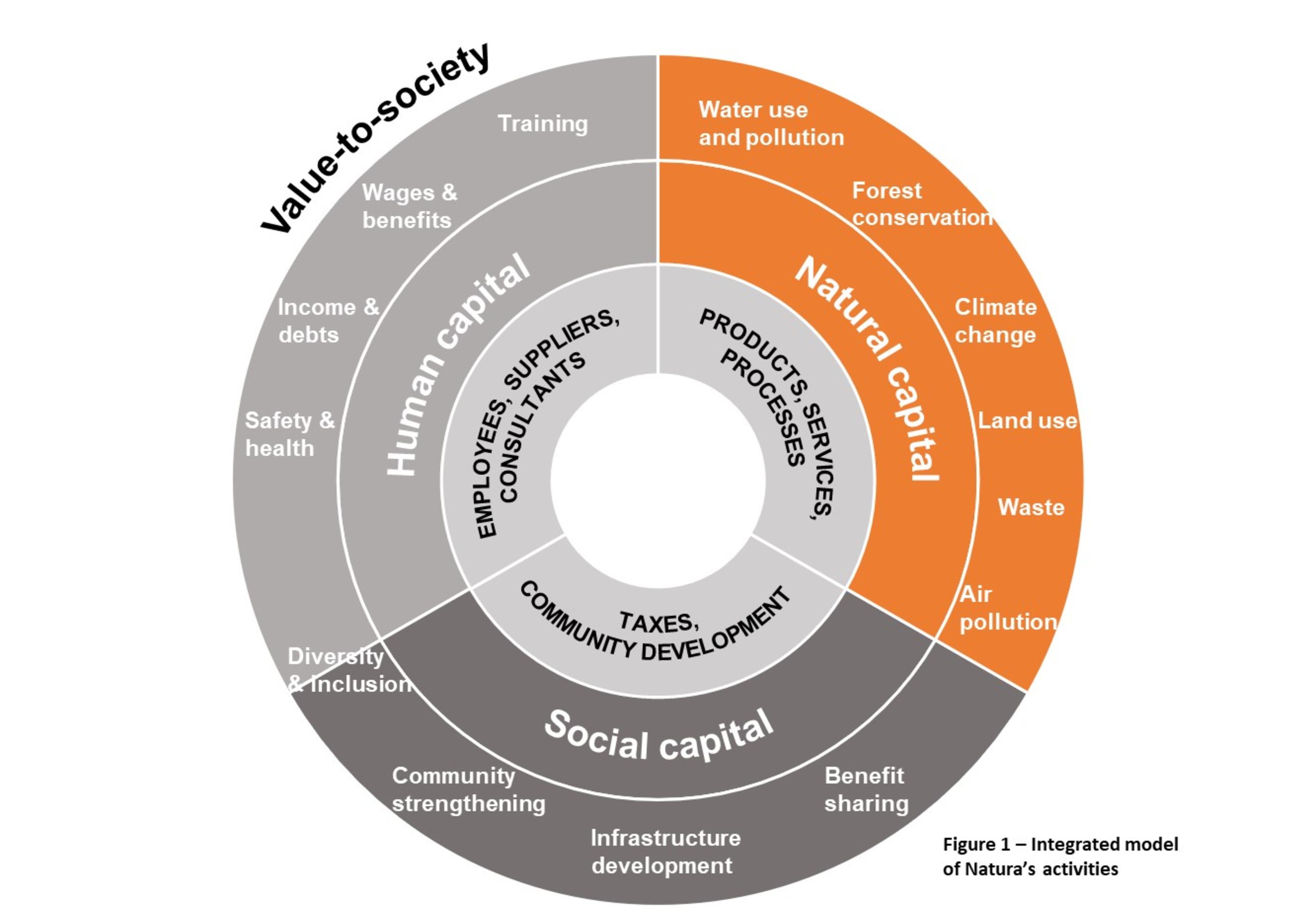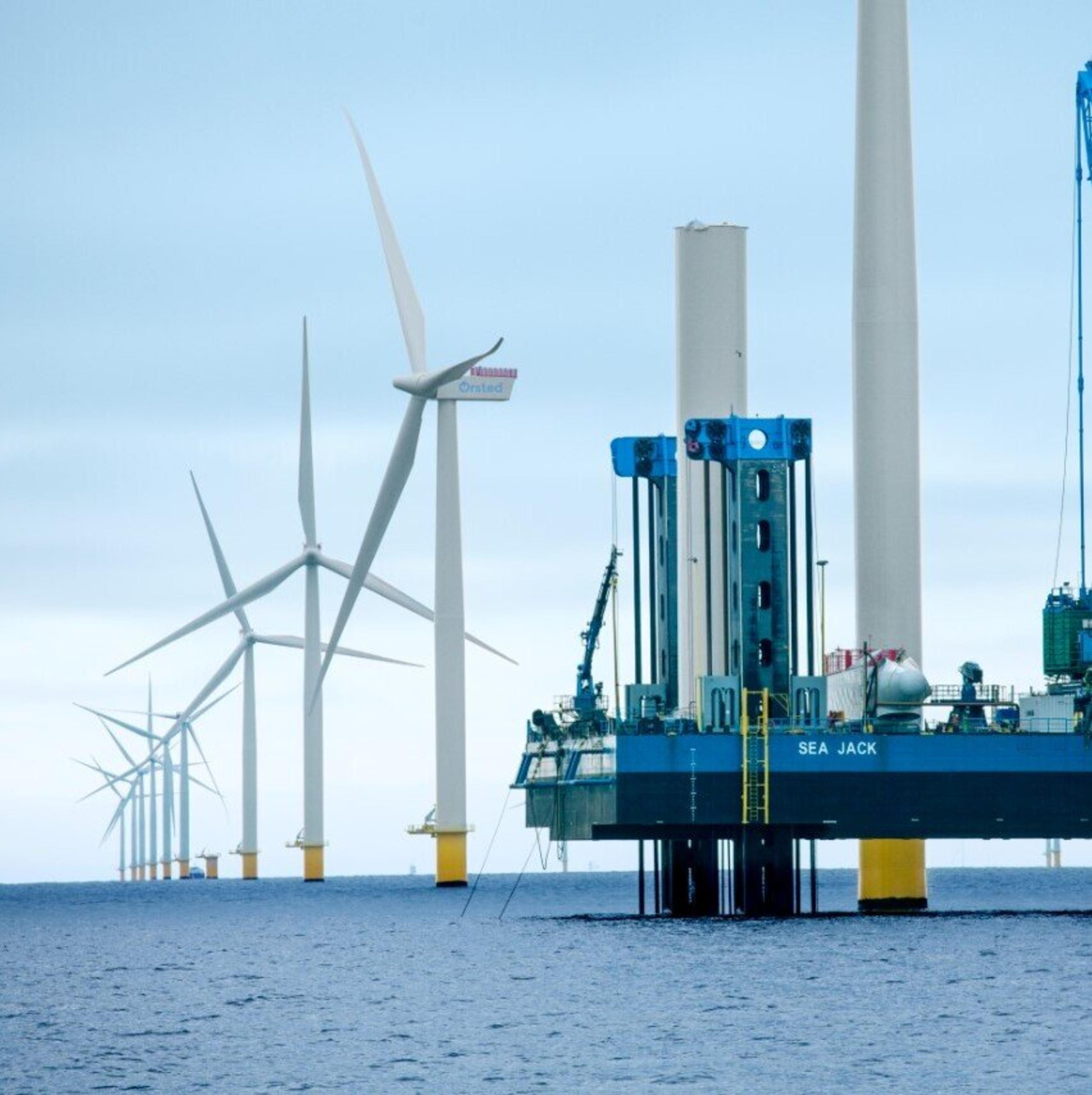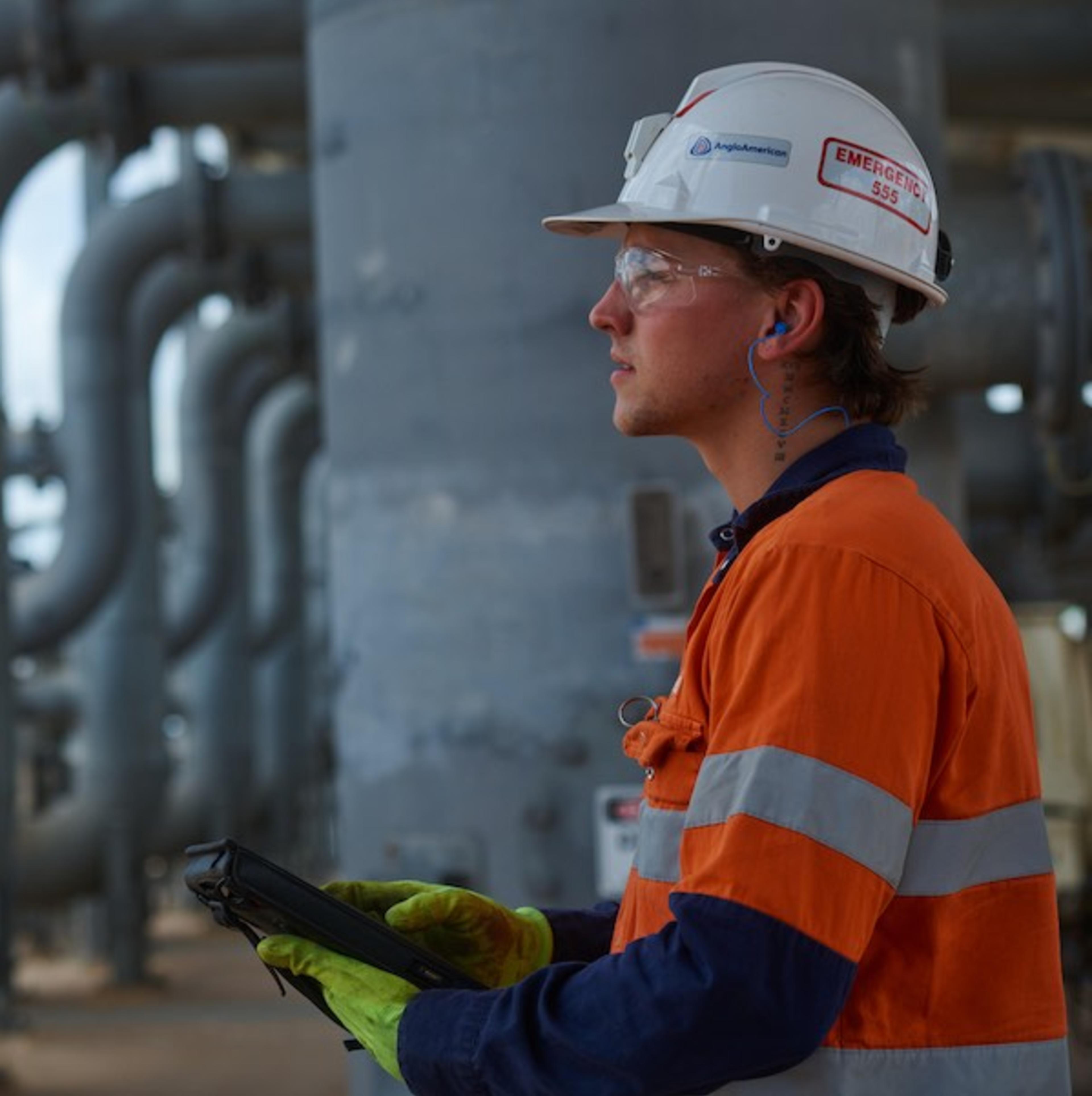
How to Integrate Sustainability into Finance and Decision-making: Natura’s Integrated Profit & Loss
How to Integrate Sustainability into Finance and Decision-making
Natura &Co Latin America’s CEO João Paulo Ferreira and Sustainability Director Denise Hills introduce Natura’s IP&L model, explaining how its value transcends the company by creating positive societal and environmental impacts.
Introduction
Does your company’s financial reporting reflect its environmental and social impacts or opportunities? That’s what Natura is achieving today, and the company believes that this is the future of finance.
Founded in 1969, Natura is a Brazilian global cosmetics company headquartered in São Paulo. Since 2020, Natura has been part of the Natura &Co group, the world’s fourth-largest beauty company. The Group includes four purpose-led beauty companies: Avon, Natura, The Body Shop and Aesop.
Natura developed its Integrated Profit & Loss (IP&L) model to translate the company’s environmental and social impacts into financial terms. This powerful tool helps Natura make better business decisions by connecting costs to benefits in the shared language of finance.
Natura &Co Latin America’s Sustainability Director Denise Hills and Chief Financial Officer Silvia Vilas Boas explain how Natura’s IP&L model creates value across its businesses.
Key lessons to take away
Use tools like the IP&L to integrate sustainability into the business by communicating environmental and social impacts in financial terms that are more familiar to business leaders.
Take a collaborative approach to co-creating tools like the IP&L, engaging colleagues early in the process and fostering a sense of ownership over the tool’s success.
Keep the methodology simple and ensure clear, consistent communication to encourage understanding and adoption across the business.
Encourage open dialogue and regular feedback and use these to adapt and improve the tool.
Support key business functions from marketing to procurement by using the IP&L to make decisions and demonstrate the value of sustainability-driven initiatives.
Leverage tools like the IP&L to show the overall societal benefits of business activities in a financial context (e.g., for every $1 USD of revenue in 2021, Natura generated a net return of $1.50 USD in societal benefit).
How does an IP&L work and what are its advantages?
While Natura’s standard financial measures served their purpose, they offered an incomplete picture. The IP&L provides a much more complete, integrated view of business impacts, risks, and opportunities. “The IP&L provides a much broader view of the value created by the company,” explains Silvia. It’s essentially a decision-making tool that connects what the business sells with what it accomplishes and the impacts it has on people and communities.

Natura was an early adopter of non-financial metrics, deploying an Environmental Profit & Loss (EP&L) methodology in 2015 to measure the impact of its carbon reduction program. This led to recognizing that traditional accounting methods failed to report on the group’s true economic, societal, and environmental impacts. Natura’s business also depends on people and natural resources and its work has tangible societal impacts, but that didn’t show up in standard financial reporting.
The IP&L is an integrated management tool that enables Natura to measure, track, and report performance on environmental, social, and human capital metrics in financial terms. These include greenhouse gas emissions, circular practices and impacts on biodiversity, as well as income generation for Natura’s network of sales consultants and the associated impacts on people’s health and wellbeing.
“Before the IP&L, we were quite blind in many respects,” notes Denise. “With a tool like the IP&L, we can make better, and more real decisions. ”When Natura invests in supplier communities or implements an improvement project, the IP&L helps to determine impacts and show how they contribute to business success. The process helps to sustain investment in strong initiatives and reduce volatility, while saving time, effort, and money.
“Our IP&L provides a way of measuring impact and showing a fuller view of economic value beyond finances. It was a strategic decision. Every company discusses costs but not many really understand the associated value.”
- Denise Hills
What has Natura achieved?
Natura’s 2021 data show that for every $1 USD of revenue, the business generated a net return of $1.50 USD in societal benefit. The IP&L differentiates Natura from its competitors by allowing the company to prove the full value of its work. “The IP&L shows that the impacts from sustainability can be 2-3x greater than we realized just using the old, standard financial methods,” explains Denise. “The IP&L is our path to having a successful business in the future because it’s about creating resilience. If you only look at numbers, you’re missing something in terms of the long-term perspective.”

Natura’s marketing function leveraged the IP&L to inform its effort to directly petition Brazil’s Congress about deforestation in the Amazon Rainforest, which is a key source of ingredients for products and livelihoods for suppliers. The big takeaway is that this wasn’t a top-down plan passed along from Natura &Co’s sustainability office. It originated with marketing, proving how they have bought in and are using the IP&L to inform their strategy and programs. “We found that this generated more social buzz than traditional marketing campaigns,” explains Silvia.
The IP&L is also being used to assess how recent price inflation and the cost-of-living crisis is affecting Natura’s Beauty Consultants. “Of course, we can see sales going up because we are charging higher prices. But our IP&L allows us to see how this translates into take-home pay for consultants and whether they are better or worse off. Where people are worse off because of inflation, we can accelerate promotions to help people increase their income,” says Silvia.
The IP&L further plays a key role in managing Natura’s sourcing arrangements with local communities across the Amazon region and increasing the shared value that the business generates with those communities. Natura partners with many rural and Indigenous people in Latin America who supply key ingredients for the company’s products. For example, Natura pays them to supply inputs, such as cupuaçu fruit, acai berries, and medicinal crabwood, while also preserving the environment in the forest areas where these crops grow. In 2022, Natura signed an agreement to source the cupuaçu fruit from local communities in Colombia who also contribute to safeguarding the ecosystem.
The key challenges – and how Natura is overcoming them
1. Making sustainability relevant to finance
Like most companies, Natura faces the challenge of putting sustainability into terms that make sense to the business and can be used in decision-making.
“It’s difficult to discuss anything within the business outside of revenue or cashflow, so we needed a method to connect social impact with revenue and address them in like-terms,” says Denise. “Sustainability has the ability to measure the impact of a project, but we start internal conversations using finance. The IP&L leads us to considering environmental and social impacts alongside typical financial decision-making processes, and this generates better discussions and decisions.”
“Focus on what matters most to business performance,” advises Silvia. “Showing how sustainability is relevant to business performance management is the key door for gaining access and engaging with the business.”
Silvia notes that the IP&L has also played an important role in accelerating the integration of the Avon and Natura businesses and embedding impact measurement from the outset.
2. Getting buy-in and transforming it into ownership
2.1 Embedding sustainability through ownership and accountability
With tools like the IP&L, sustainability teams need to focus on sharing and shifting both responsibility and accountability for environmental and social issues and programs to other business units and functions across the organization.“That’s how sustainability becomes truly embedded in a company,” says Denise. “Every time I see a head of sustainability as the only person addressing the topic, I feel that it’s not embedded in the business the way it should be.”
By getting people involved from the outset of the IP&L’s development, teams can help to co-create the tool, participate in decision-making, and customize it to their needs. This enables colleagues in the business to become owners rather than just users. It also gives them a real sense of investment, as the IP&L’s success becomes their own success as well.
Through this process, the IP&L and sustainability have become a central, expected part of the conversation and decision-making process for the business.
“The IP&L has changed the dialogue around sustainability and the expectations of our business leaders. Now, if we don’t send the carbon emissions or we don’t discuss the impacts of the Amazon in our quarterly reviews of business performance, people notice that something is missing. They wonder what’s happened and ask why we aren’t discussing it.”
- Denise Hills
2.2 Engaging suppliers and other stakeholders
Suppliers and external stakeholders are other important groups that need to be informed about and engage with the IP&L to varying degrees. This will mirror the internal process in several ways, including the need to explain the IP&L methodology, demonstrate its value, and show suppliers and other stakeholders how it works for their purposes. Clear guidance and open lines of communication are key foundations for enabling business partners to adopt and implement the methodology at scale.
Denise recommends getting your own house in order prior to having these conversations as internal buy-in is an important signal to external groups.
3. Taking a focused approach that prioritizes simplicity and feedback
3.1 Focusing on key issues and keeping it simple
It can be tempting to try to measure and address as many relevant social and environmental impact areas as possible. While understandable, this approach can actually stand in the way of getting buy-in and engagement from business partners. To ensure that internal conversations are highly relevant and lead to engagement, Denise advises focusing on the priority issues that matter most to the business and internal stakeholders. “Don’t get distracted or over-complicate your IP&L by focusing on things that just aren’t as material to your business,” says Denise.
It pays to keep things as simple as possible and ensure that each indicator is clear, concise, and actionable. The finance team tends to make more use of indicators that are more established and well-tested. While it’s important to experiment and keep moving forward, trying to do too much too soon can put the effort at risk of being seen as prohibitively complicated.
“The IP&L has to be simple and easy to use for business partners. We also need to explain and show them how to use it. We can’t expect them to do it on their own, because there’s too much else going on and too many other priorities.”
- Silvia Vilas Boas
3.2 Choosing the right KPIs
It’s also important to begin by choosing the right KPIs that are most consistent with the corresponding activities. These indicators need to be tracked, reported, and monitored to increase shared value in the short, medium, and long-term.
A practical example of how Natura is prioritizing KPIs is the inclusion of the consultants’ income indicator in the quarterly performance of Natura's businesses. This enables Natura to monitor and take action not only on business performance but also the consultants’ income and standard of living, which are directly linked to one another.
3.3 Encouraging consistency and feedback
When piloting and implementing a mechanism like the IP&L, it is essential to maintain the consistency of information, values, and processes. Otherwise, people may struggle to understand the tool as features are updated or added.
Denise and Silvia advise fostering a culture of open communication where users are encouraged to provide regular feedback on their experience with the tool. An open and ongoing dialogue between the tool’s developers and user base can help to address the challenge of balancing power with simplicity and user experience.
It’s natural for there to be some healthy debate and challenges along the way. A consistently applied system that is framed and clearly explained in familiar, well-defined terms makes it easier to have constructive discussions around KPIs and impact metrics.
“The methodology should grow as the company begins to understand and use it. Much of the know-how that Natura has built into the IP&L has been learned along the journey. Rather than having everything worked out before you start, get going and learn as you go.”
- Silvia Vilas Boas
4. Avoiding carbon tunnel vision
Denise and Silvia both emphasize the importance of addressing social as well as environmental issues and impacts. Many companies start with carbon and go from there, but that’s not necessarily the best approach. Social issues can be less resource intensive and a more valuable exercise for businesses.
“Companies often start their sustainability journey by focusing on carbon emissions without fully understanding all that involves. Most companies think it’s easier to start with carbon accounting, but it’s usually not,” explains Silvia.
The IP&L methodology plays a key role in identifying and understanding the connections between social, environmental, and human capital impacts and how they relate to one another and business performance.
Some final advice
“We are a decade into this journey. You can see our work and use it as a shortcut to save much of the time and expense we’ve incurred in building the methodology,” offers Denise. “We believe that IP&L is the path to having a successful business in the future.”


